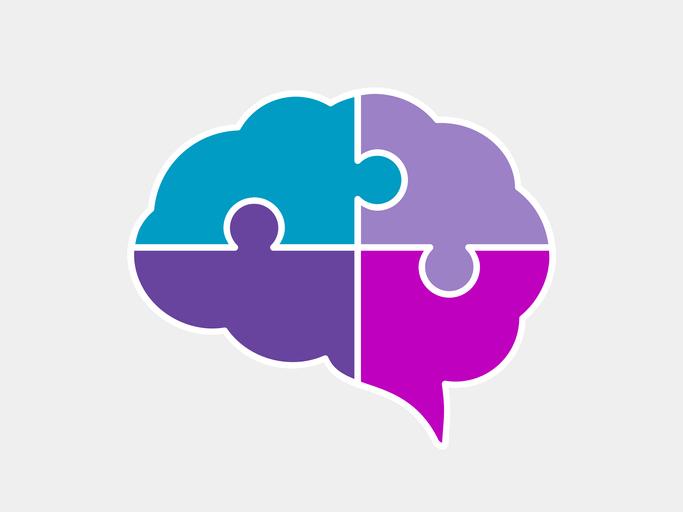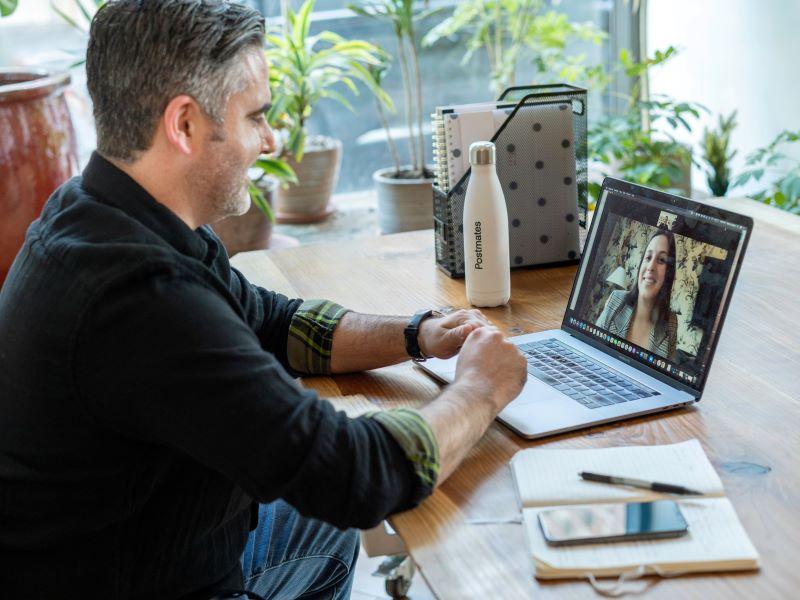Anxiety and stress have been affecting students since long before the pandemic, but Covid heightened things to a level that left students, academics and professional staff uniquely exhausted.
It was hoped that relaxed rules for extenuating circumstances, including self-certification, and the introduction of safety net policies would help counter heightened anxiety and stress among students. However, these often led to increased pressure on staff.
Personal tutors sometimes felt overwhelmed by supporting anxious and stressed students at a time when they themselves were also feeling anxious, not to mention exhausted.
The message from on high was to look out for each other, take personal responsibility for well-being and self-care and to refer students to relevant services. Madeleine Davies recently highlighted in these pages how such messages – while often well-intentioned − only shift responsibility away from institutions and government and do not address the systemic issues.
Similarly, Fiona Rawle sounded the alarm over increased wellness washing and orchestrated wellness theatre in HE.
To whatever extent we agree with such viewpoints, we all have our own story to tell − and some tackled the situation differently.
While some stressed students struggled to find their feet, others took matters into their own hands. I spoke to students who started online meditation and mindfulness groups and used meditation apps such as Headspace to help combat their fears and assessment-related panic attacks.
But why did students take matters into their own hands? In conversation with some of them, it became clear that they were fed up with zero-content, tokenistic well-being emails. But, equally, they said they did not want to burden academics and did not want to be referred to well-being services.
The latter became a common theme. The reason students did not want to be referred was not because they had to wait for appointments but because they did not want to be labelled. They did not want to be seen as someone with mental health issues or have that information showing on their records − even though that meant crucial information and help would not be accessible.
On the one hand, it was fantastic to learn that our students – responsible leaders of the future – felt strong and confident enough to take responsibility and found different ways to address anxiety and stress. Yet it is also telling that even though anxiety and stress are not necessarily perceived as “mental health issues” students are still cautious.
Higher education institutions are normally quite good at listening to students (especially when we want to rise in league tables) so we should be attentive here too.
These conversations also revealed that this anxiety and stress predominantly related to assessment and the unfamiliar format of online exams. Of particular worry were timed exams, which were open, for example, for 24 hours with students allowed to submit their work within that time frame.
By using meditation and mindfulness approaches prior to exams, students reported reduced anxiety and stress. They were better able to meet deadlines and did not need to submit evidence of extenuating circumstances. Most importantly, they felt more positive and confident.
Of course, anxiety and stress can take different forms, but not all students perceived these as mental health issues − more a side effect of a world upside down, or even part of life.
Maybe we need to learn that, while paying attention to the mental health of students is very important, we need to be careful how we attribute this term.
It’s also clear that meditation and mindfulness are very effective tools for mastering our lives. Becoming comfortable with stillness and silence can help us manage our daily struggles and is an essential skill for us all. Our students have shown that these can be alternative ways to overcome mental health issues, so perhaps now is the time we embed them in education.
The first, and perhaps most crucial, step is openness from HEIs. They need to admit that such practices can be beneficial to the well-being of students and staff – and that more is needed than hollow well-being emails.
Integrating yoga and meditation into the curriculum, including more opportunities for reflection in assessment, re-evaluating personal tutoring services and offering meditation retreats for staff development are some changes HEIs could make at campus level.
Meanwhile, rethinking academic language and encouraging (and funding) mindfulness education research could lead to global transformation. For instance, replacing the term “assessment” with “growth and development” or the term “outcome” with “purpose and value” might change our perceptions of and emotional connection with learning and achieving.
Some might refer to mindfulness education as pedagogy of care or pedagogy of kindness, but it goes beyond pedagogy and improving student learning outcomes. It refers to a holistic approach of developing students and staff in synchronicity in physical, mental, emotional and spiritual areas.
Advocates of mindfulness education and practice include the UK’s University of Surrey, the Association for Contemplative Mind in Higher Education in the US, the University of British Columbia in Canada and Monash University in Australia.
After all, learning is not just about outcomes, grades and acquiring lifelong skills; learning is about becoming, and if we want our leaders of the future to be responsible and mindful, we need to enable that through a holistic educational approach that advocates mindfulness in all areas, including language and behaviour.
Christine Rivers is professor of business and management education at Surrey Business School at the University of Surrey. She is also an accredited executive coach, accredited meditation teacher and national teaching fellow with Advance HE.
If you would like advice and insight from academics and university staff delivered directly to your inbox each week, sign up for the Campus newsletter.




comment